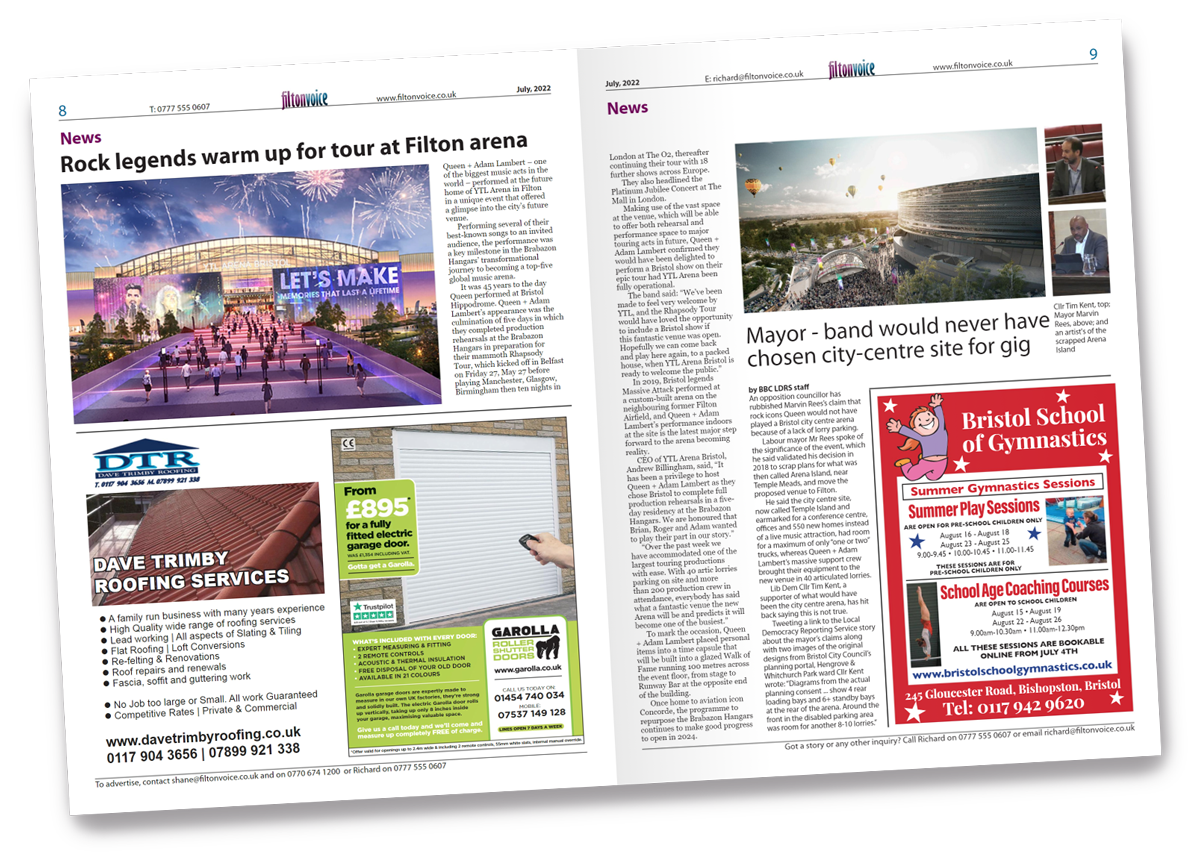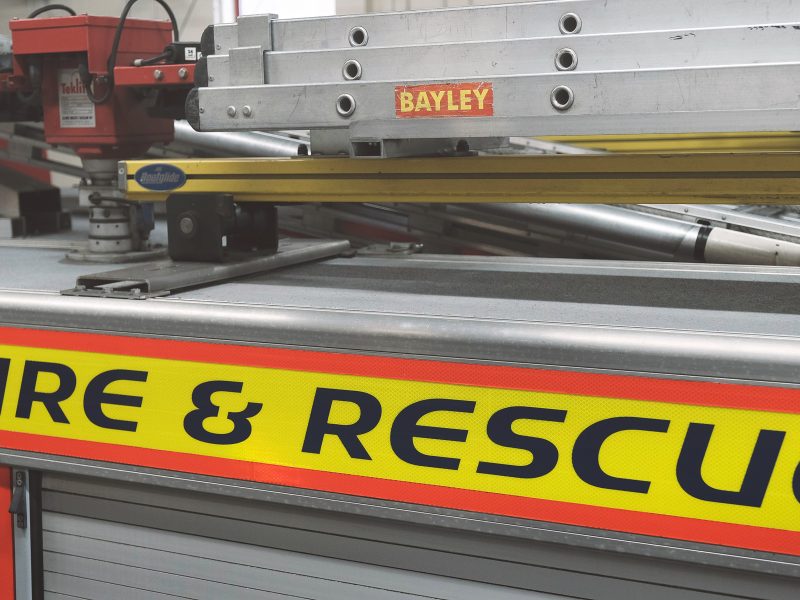THE number of calls to firefighters to help ambulance crews safely move heavy patients has risen by half in the past three years, councillors have been told.
Avon Fire & Rescue Service leaders are becoming concerned because the incidents are often long, costly and labour-intensive.
Officially classed as ‘bariatric rescues’, the rise from an average of six a month in August 2022 to nine a month now was partly responsible for the broader category of ‘special service calls’ (SSCs) exceeding other call types – fires and alarms – for the first time ever in 2024/25.
Overall there were 12,384 incidents during the year, a 10% rise on the previous 12 months, with fires accounting for 23% of calls – down by 2% – alarms 38% and SSCs 39%, a 19% rise, Avon Fire Authority policy and resources committee was told in October.
Crews attended 4,768 SSCs in 2024/25, 4,746 alarms and 2,870 fires.
A report to the meeting said: “Fire and rescue services now respond to more non-fire related incidents than fires in England.
“These incidents are diverse and include RTCs (road traffic collisions), entrapments, flooding, hazardous materials, water and rope rescues, gaining entry to persons in need, lift rescues, bariatric rescues, and animal rescues.
“During 2024/2025, for the first time, we attended more SSCs than false alarms.
“Calls to assist other agencies and effect entry/exit are the categories driving increase.
“Bariatric rescues have increased compared with 2023/24, with peaks in incidents correlating to periods of sustained high temperatures.”
Avon firefighters responded to 50 bariatric rescues between August 2022 and April 2023, but this rose to 72 during a similar period from April 2024 to December 2024 and 73 between January and August 2025.
Bristol city councillor Richard Eddy (Con, Bishopsworth) said: “The ambulance service has to invest huge sums of taxpayers’ money to replace ambulances and I’m concerned it’s having that sort of impact on the fire service.”
He said he had to Google the phrase ‘bariatric rescues’, and asked why the report did not simply say they were incidents dealing with obese people.
Service community risk management planning manager Natalie Mainstone replied: “The cost is a challenging one.
“Those incidents can be quite protracted and resource-intensive.
“Bariatric is a medical term – it’s not just people who are classified as obese, it would also be someone who’s particularly heavy.
“The threshold is 20 stones.
“We occasionally use the bariatric vehicles for people who are around that threshold, usually due to the circumstances around rescuing them.
“If it’s a particularly challenging extraction, we may use the bariatric equipment even if that person is not medically bariatric.”
A spokesperson said after the meeting: “While every incident is different, bariatric rescues often involve supporting our colleagues in the ambulance service by assisting with patient care and safe movement, utilising specialist equipment that Avon Fire & Rescue Service has access to.”
By Adam Postans, Local Democracy Reporting Service


